Members of Energy I-Corps Cohort 16
The opening session for Energy I-Corps Cohort 16 was held March 20–24, 2023, and the closing session was held May 16–18, 2023, in Washington, D.C.
Cohort 16 was composed of 13 teams from Argonne National Laboratory (ANL), National Renewable Energy Laboratory (NREL), Oak Ridge National Laboratory (ORNL), Pacific Northwest National Laboratory (PNNL), and Sandia National Laboratory (SNL).
Teams and Technologies
 Team 189: CUBES
Team 189: CUBES- Principle Investigator: Carlos Quiroz-Arita
- Entrepreneurial Lead: Nicholas Myllenbeck
- Industry Mentor: Paul Bryan
Adopting biofuels and bio-derived materials from municipal solid waste, agricultural waste, and forestry residues is a promising strategy to decrease global demands for fossil fuels and feedstocks. Carbon Upcycled Bioproducts for Environmental Sustainability (CUBES) delivers a scalable biochemical-chemical platform at low-energy intensity and cost to convert undervalued organic materials at 100% theoretical carbon yield into biofuels, bioplastics, and bio-derived detergents. Our technology is energy-efficient, renewable, and synergistic with other biorefinery feedstocks (e.g., lipids). CUBES brings opportunities in waste, industry, and transportation sectors to achieve cost-effective, net zero and net-negative carbon dioxide equivalent emissions.
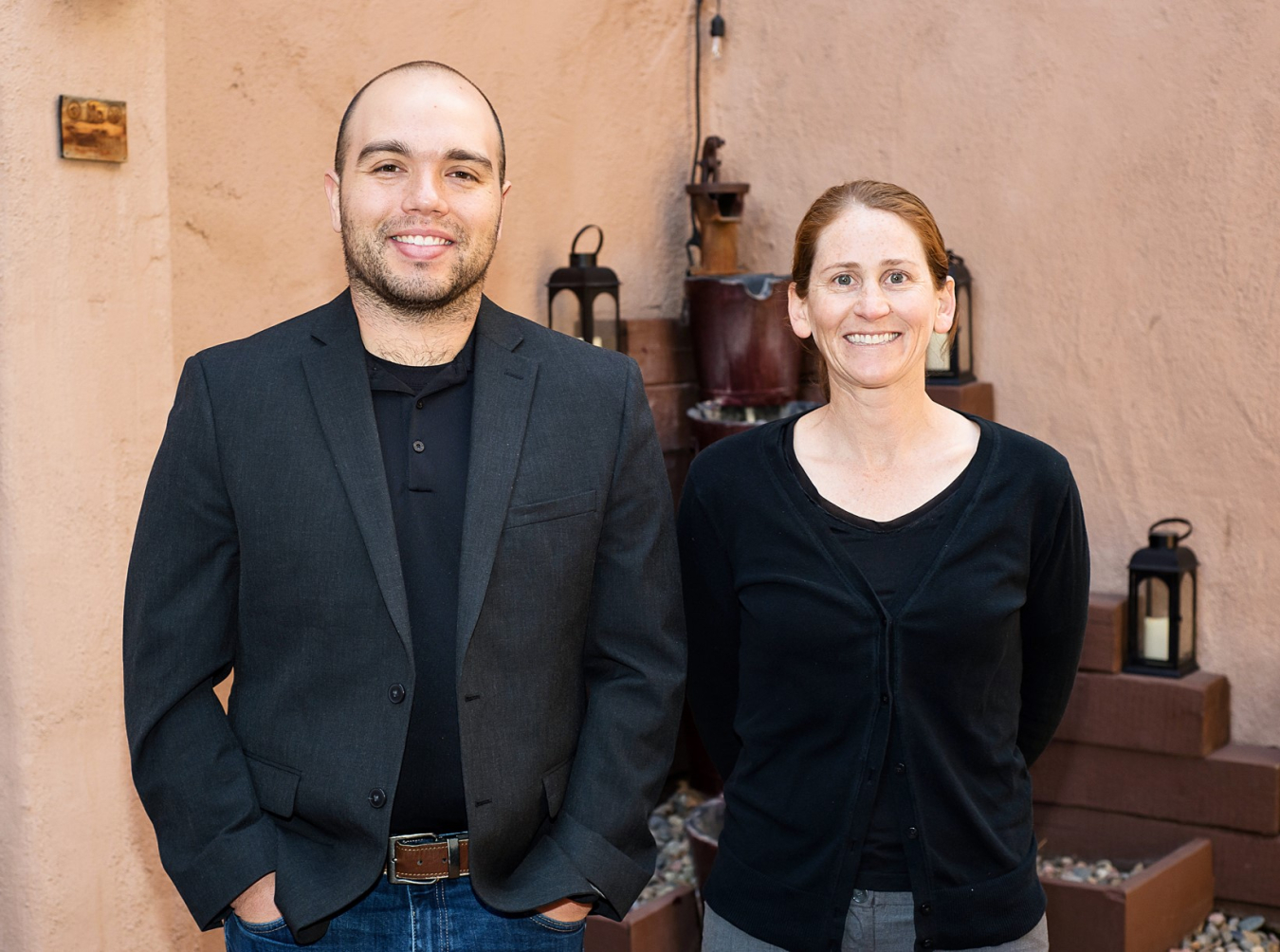 Team 190 Ridged Electrodes
Team 190 Ridged Electrodes- Principle Investigator: Jorge Cardenas
- Entrepreneurial Leads: Shelby Owen
- Industry Mentor: John Stuecker
Batteries don’t release as much energy when they are discharged quickly compared to when they are discharged slowly. Still, there are a number of applications, including batteries for electric vehicles, where fast charging and discharging is desired. Our technology promotes high-charge and discharge speeds in batteries while maintaining the total energy they release through electrode ridging. Ridging means to impart a microscale 3D architecture in an electrode. This process can be carried out using printing methods, so it is well suited for large-scale manufacturing through slight modification of existing processes.
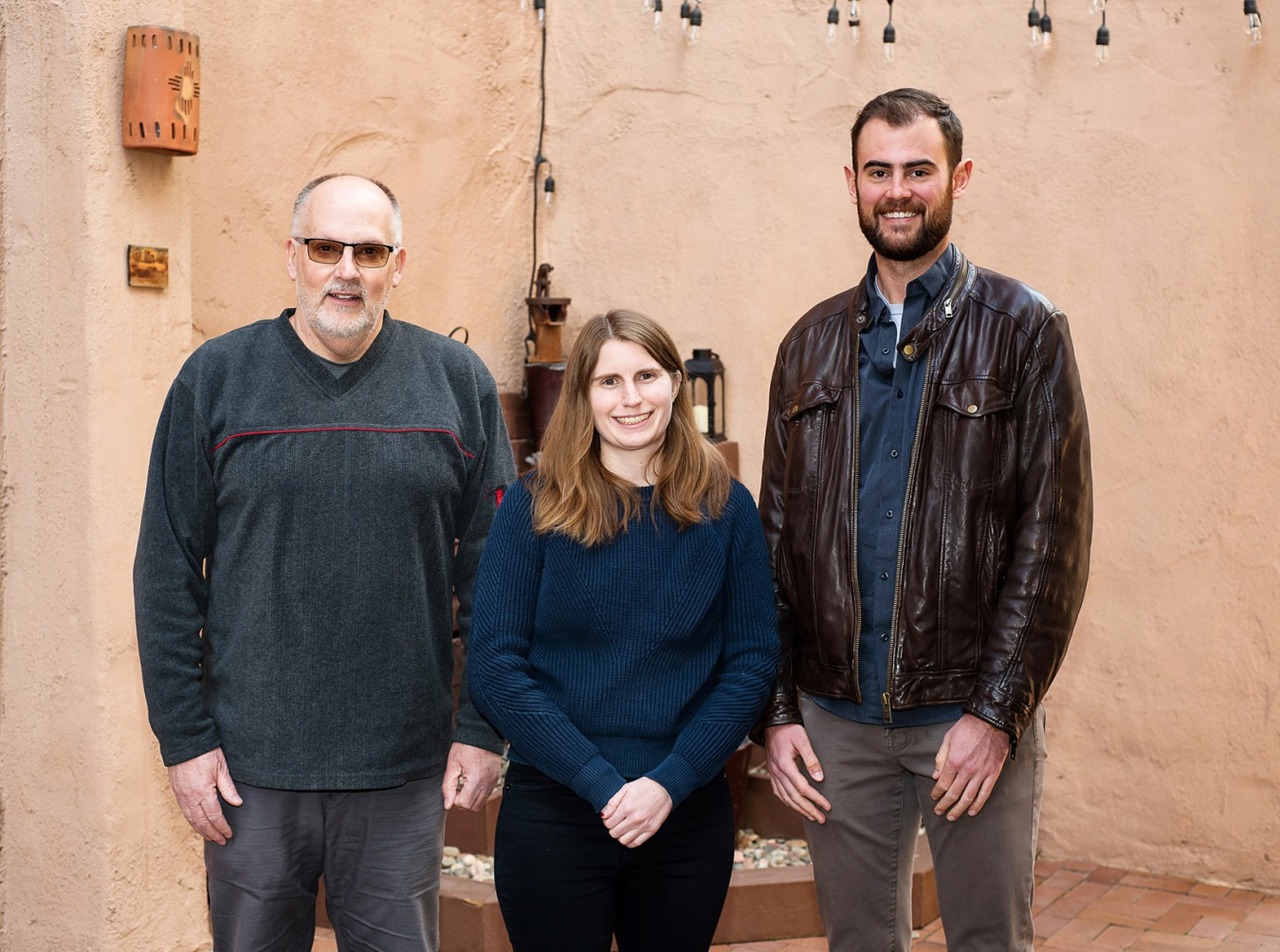 Team 191: NIO
Team 191: NIO- Principle Investigator: Tucker Farrell
- Entrepreneurial Lead: Rebecca Mitchell
- Industry Mentor: Randy Gee
Heliostats are specially designed, dynamic-mirror assemblies that reflect the sun's rays onto a central receiver in concentrating solar power tower plants. These heliostats must be precisely calibrated and maintained to avoid steep drops in plant performance. The Non-Intrusive Optical (NIO) method, is a tool designed to characterize errors in these heliostats—from overall sun-tracking down to surface imperfections in individual facets. NIO uses image processing tools to derive information on a mirror’s optical performance from data collected by an autonomous, versatile, aerial imaging platform that doesn’t interfere with plant operations.
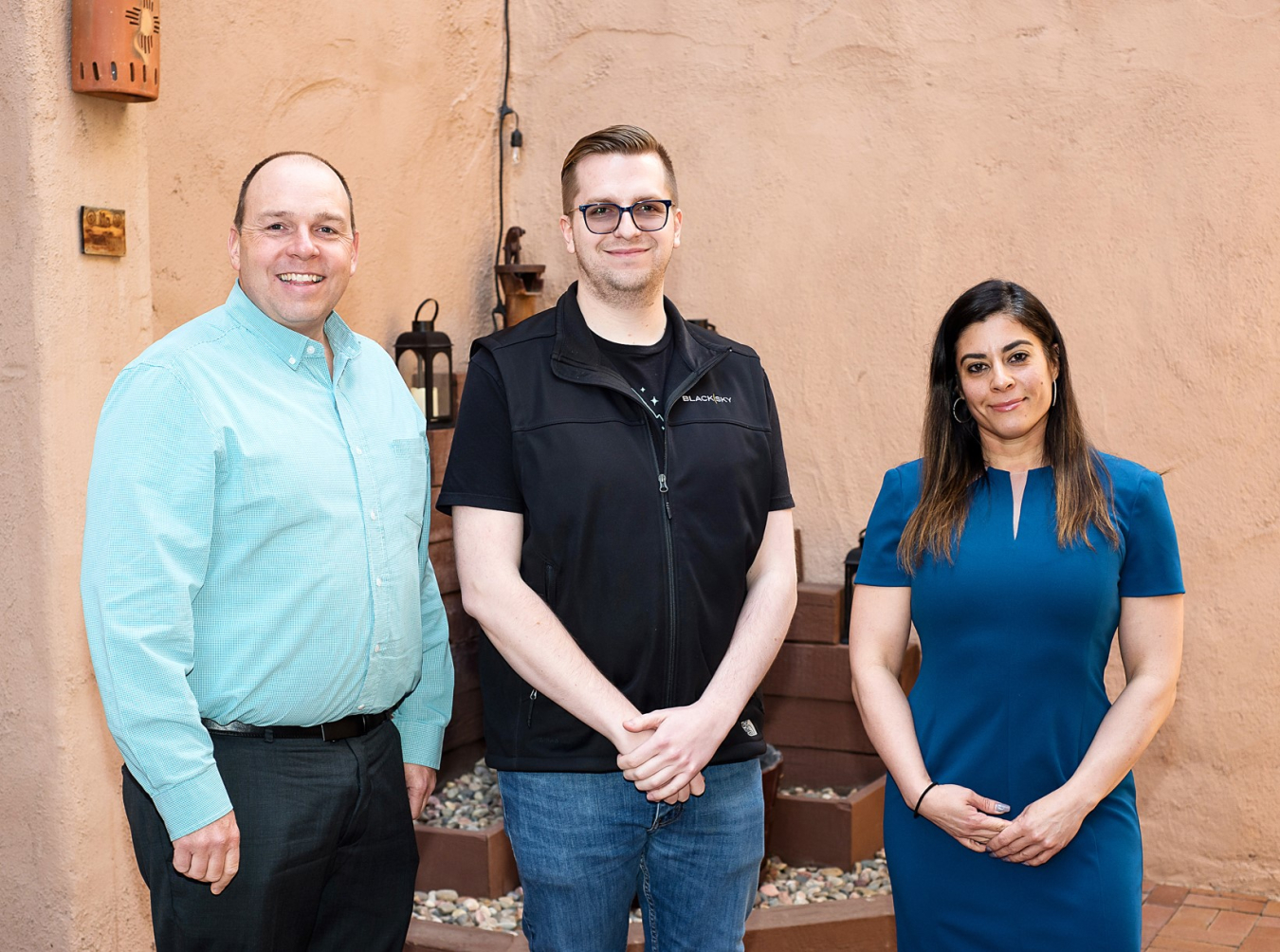 Team 192: Track Analytics
Team 192: Track Analytics- Principle Investigator: Ben Newton
- Entrepreneurial Lead: Patricia Nevala
- Industry Mentor: Michael Fadem
Every day the paths of billions of moving objects are recorded. These tracks—generated by boats, cars, aircraft, busses, and mobile devices—contain a wealth of information that is largely untapped. We have developed a patented technique for distilling tracks into feature vectors allowing millions of tracks to be efficiently analyzed using machine learning techniques. This award-winning technology (R&D 100 winner in 2020) has had impact in national security missions but could be employed in a host of other domains where information needs to be gleaned from vast amounts of path data.
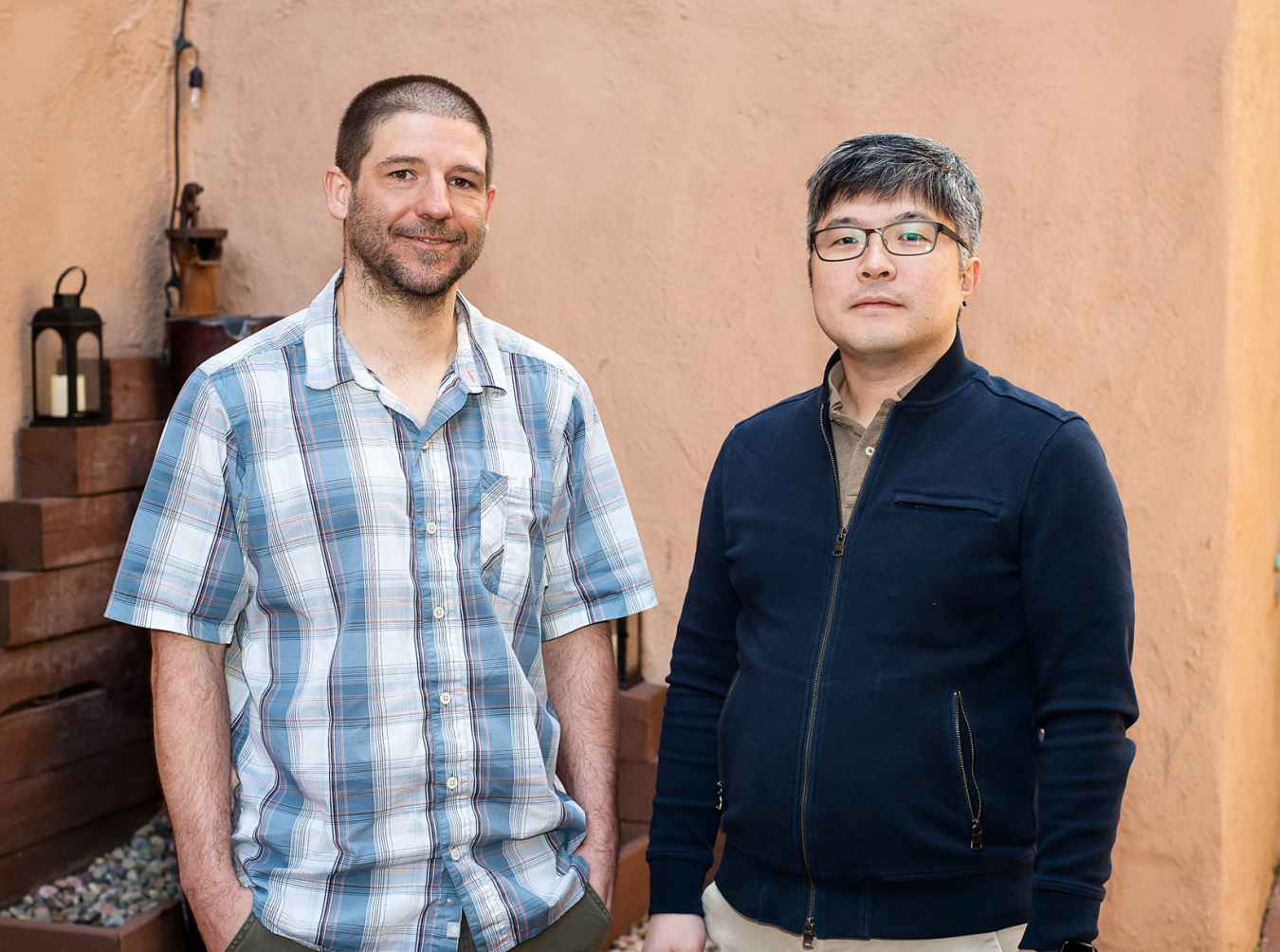 Team 193: 3HP
Team 193: 3HP- Principle Investigator: Kyle Pomraning
- Entrepreneurial Lead: Pimphan Aye Meyer, Joonhoon Kim
- Industry Mentor: Alan Bakalinksy
Production of chemicals from petroleum feedstocks contributes significantly to the U.S. carbon footprint. To reduce chemical industry emissions, we developed an efficient process that leverages fungi to convert renewable and waste feedstocks to 3-hydroxypropionic acid (3-HP) for polymer manufacturing. Lignocellulosic biomass is an attractive renewable feedstock with the potential for large scale production and industrial use. Biological production of 3-HP followed by upgrading enables sustainable manufacturing of a myriad of products including biodegradable polymers, acrylates; 1,3-propanediol; acrylamide; and acrylonitrile as replacements for traditionally petroleum derived chemicals.
 Team 194: Electro3D
Team 194: Electro3D- Principle Investigator: Karl Walczak
- Entrepreneurial Lead: Mikey Garret
- Industry Mentor: Garrett Williams
Additive manufacturing is poised to transform the world’s manufacturing landscape by reducing supply-chain issues and allowing for on-demand manufacturing of components at any location around the globe. We've developed an electrochemical technology that can simultaneously analyze and manufacture materials. Our platform is substantially more energy efficient than traditional methods and is highly flexible. The versatile nature of our system allows us to grow materials with compositions ranging from metals to biological composites across macro and micro sizes. We believe this advanced manufacturing technology integrates seamlessly with machine learning techniques and can address many customer needs.
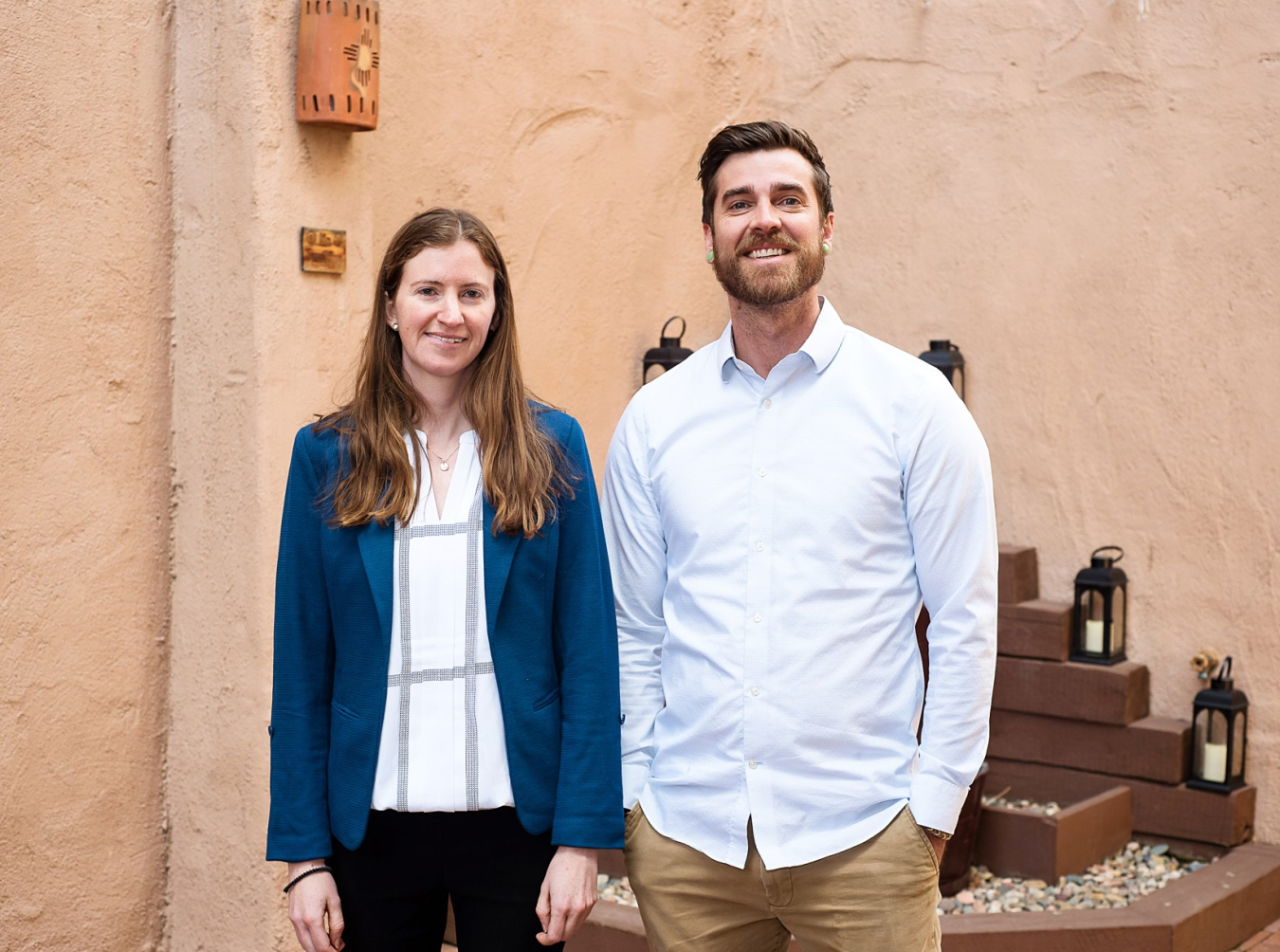 Team 195: Fire Map
Team 195: Fire Map- Principle Investigator: Forest Danford
- Entrepreneurial Lead: Holly Eagleston
- Industry Mentor: Bill Coyne, Drew Tulchin
Wildfires pose a physical threat to the electric grid and are becoming more frequent and severe in response to drought and fire-suppression policies across the western United States. Fire Map was developed to characterize recent fuel conditions and simulate the risk of wildfire to electric-grid components and can be used to help identify strategies to make the grid more resilient to wildfire.
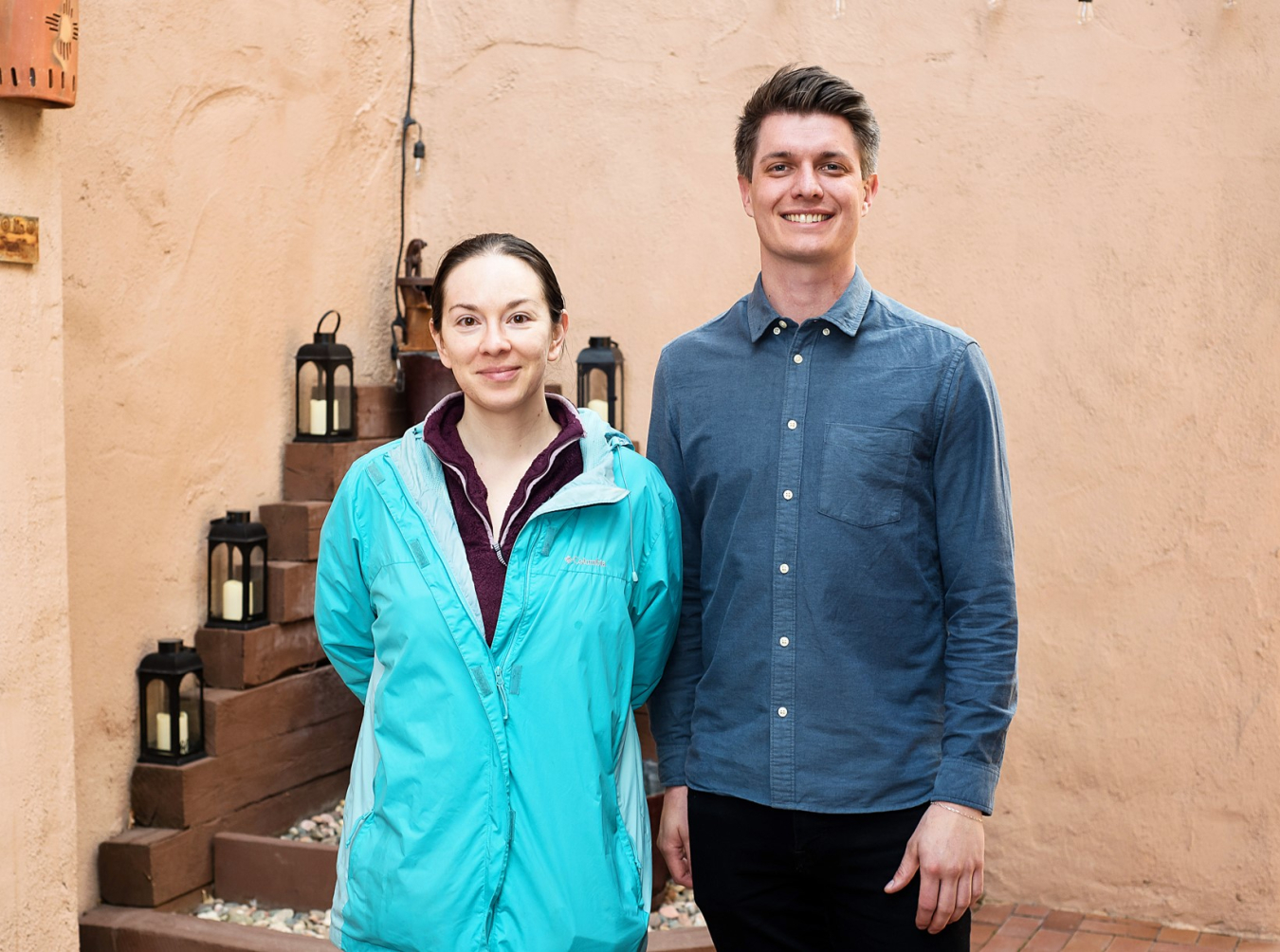 Team 196: Diamond Semiconductors
Team 196: Diamond Semiconductors- Principle Investigator: Stephanie Booth
- Entrepreneurial Lead: Connor Johnston
- Industry Mentor: Stuart Rose
The most common semiconductor material used in electronics is silicon. The properties of diamonds are superior compared to silicon for electronics. The thermal conductivity of diamond is 14 times greater than silicon, and high-thermal conductivity permits heat dissipation, which then reduces the cooling needed. This and other properties mean diamonds are the best semiconductors for electronic devices. With a novel manufacturing process, this technology produces a diamond wafer semiconductor used to create integrated circuits, diodes, and transistors with a desirable and unique high-electric field strength, high-electron mobility, larger band gap, and very high thermal conductivity.
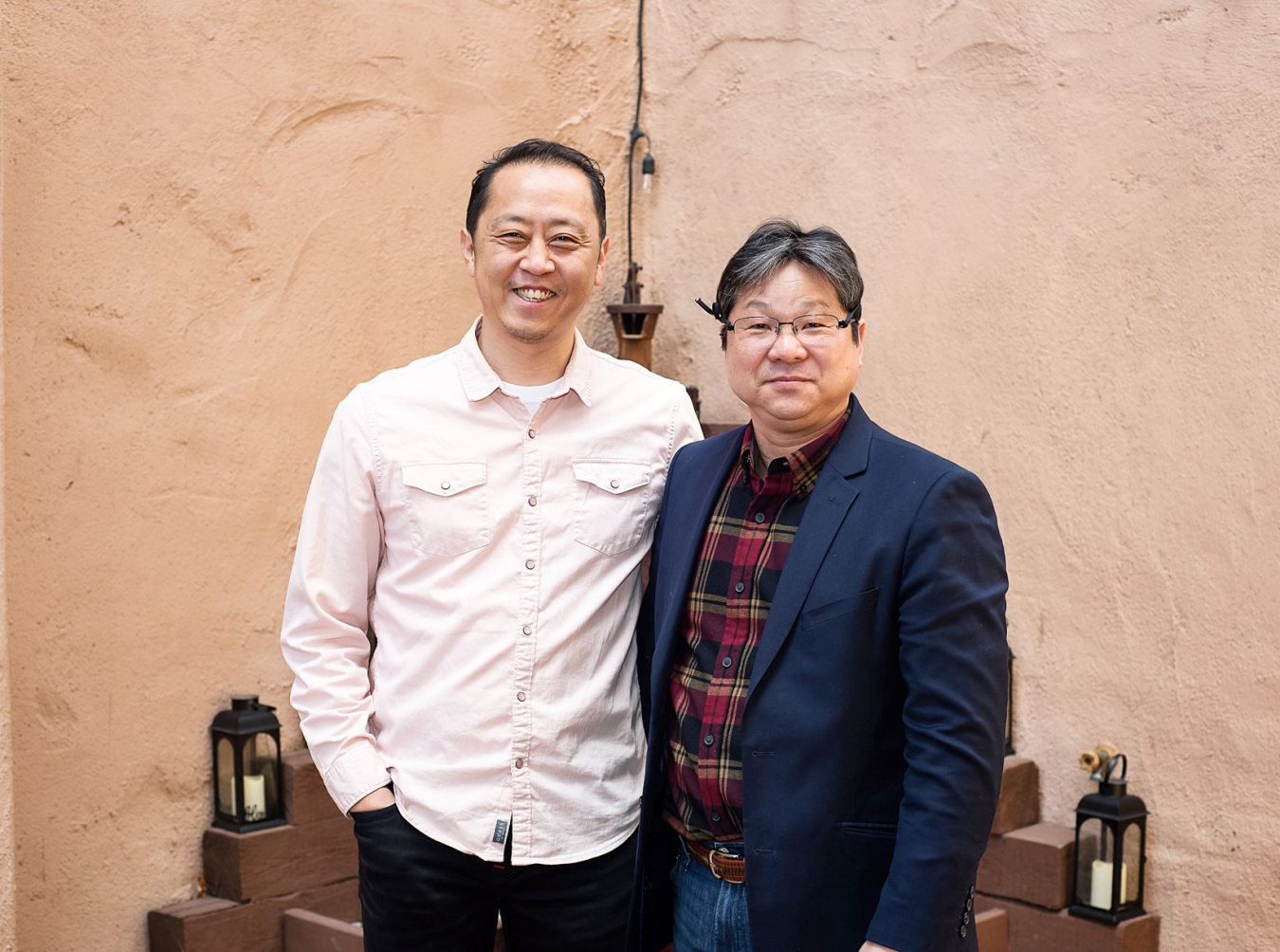 Team 197: Recyclobot
Team 197: Recyclobot- Principle Investigator: Donghyeon Kang
- Entrepreneurial Lead: Yong Soo Park
- Industry Mentor: John Dogan
Achieving cost-effective and safe electric vehicle (EV) battery pack disassembly is a key challenge. Currently, the process is manual, but we are developing a robotic hot-cell technology for remote automation of EV battery pack disassembly which will reduce cost, enhance safety, and eliminate tedious labor. ANL is leading ReCell, the first national li-ion battery recycling R&D center and has a long history of work in robotics/remote systems technology for hazardous applications.
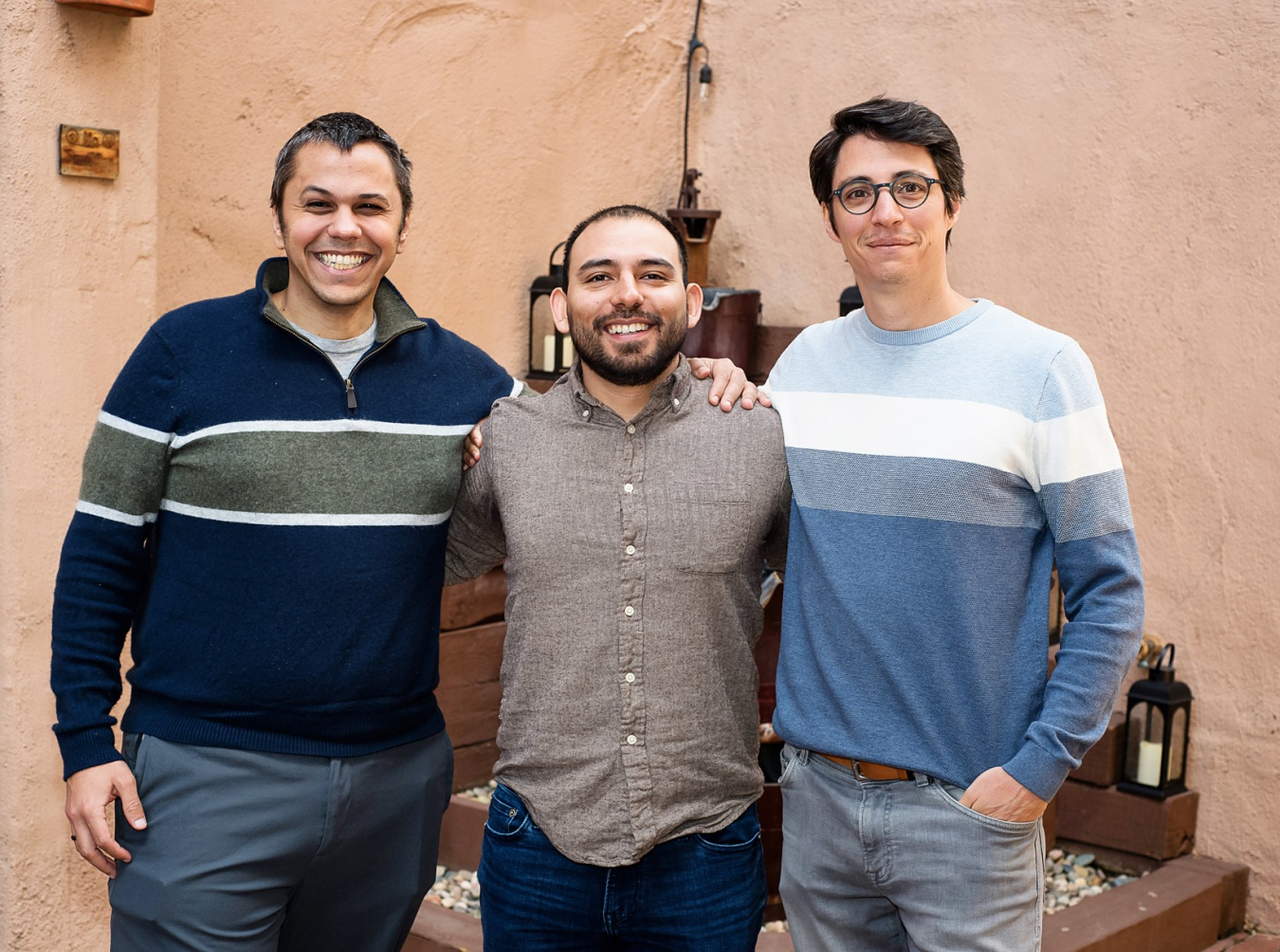 Team 198: NoVo Rotor
Team 198: NoVo Rotor- Principle Investigator: Emmanuel Branlard
- Entrepreneurial Lead: Luis "Tony" Martinez-Tossa
- Industry Mentor: Inti Garcia
The Negative Tip Vortices Blade is a new technology developed to enhance the power capture from wind turbines using new blade designs. These new designs have different twist and chord profiles along the blade that take advantage of physic insights obtained from high-fidelity modeling tools. The new designs have shown to produce more power than conventional designs.
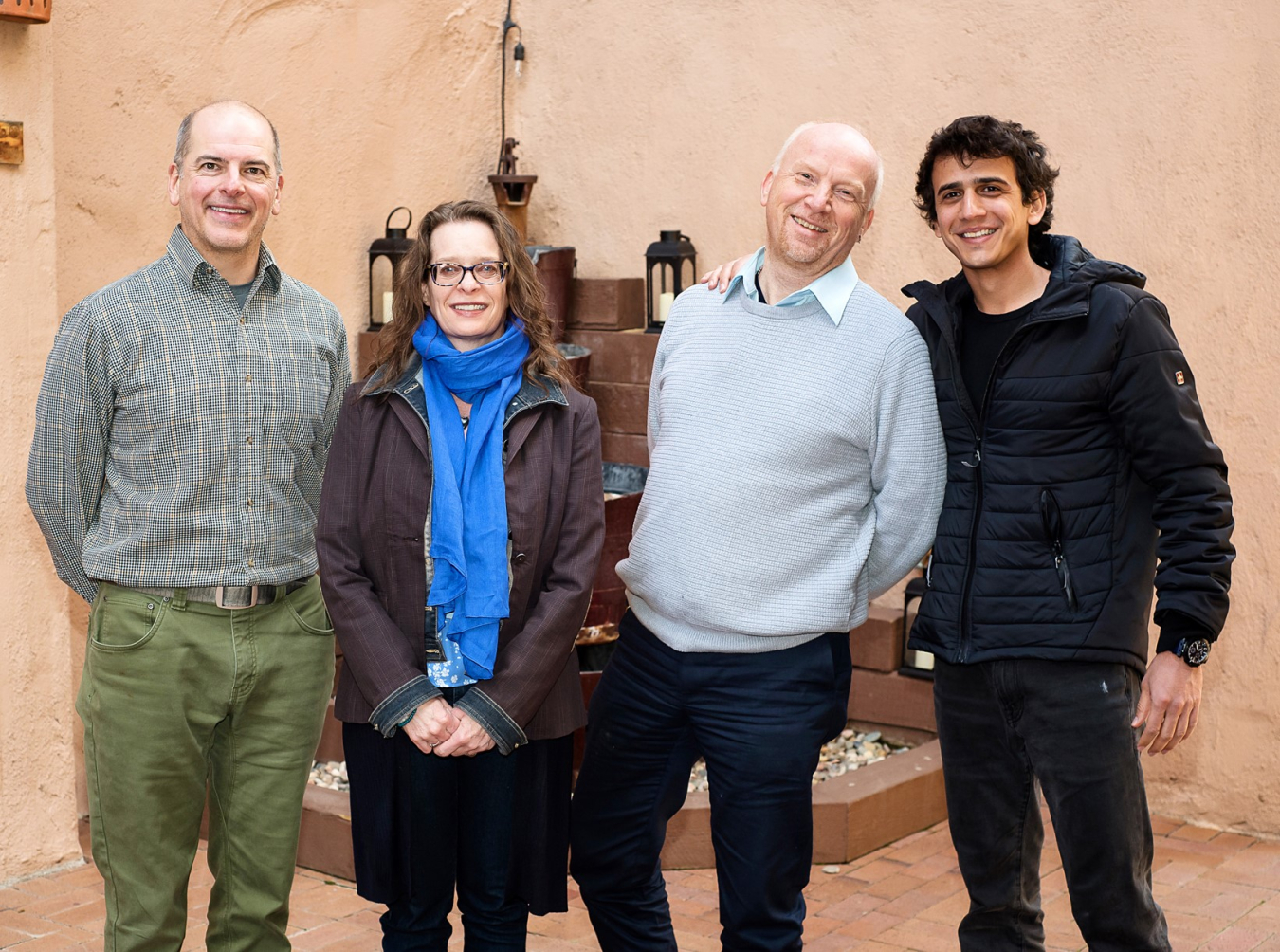 Team 199: Catch It
Team 199: Catch It- Principle Investigator: Sahand Sabet
- Entrepreneurial Lead: Jochem Weber
- Industry Mentors: Wendy Dew, Amanda Hong, George Roesch
- Team Support: David Greene
Behavioral change can provide a rapid response to reduce the greenhouse gas emissions. Research shows that many Americans are willing to alter their lifestyles to reduce the effects of climate change. Given the growing intensity of the climate crisis, now is the time to amplify our efforts in educating the public about simple approaches to reduce their energy consumption. Our goal is to use simple and low-cost "nudges" to promote the habit of implementing and sustaining daily household energy reduction measures.
 Team 200: Distributed Wind Toolkit
Team 200: Distributed Wind Toolkit- Principle Investigator: Tyler Stehly
- Entrepreneurial Lead: Anthony Teixeira
- Industry Mentor: Brett Pingree
As federal funding, state policy, and technology advancements combine to create unprecedented opportunity for distributed energy deployment nationally, NREL has created a suite of technical and analytical tools for commercial entities to support distributed wind energy deployment. The project will seek to increase commercialization of these tools—the Distributed Generation Market Demand (dGen), Distributed Wind Tools Assessing Performance (TAP), and the Hybrid Optimization and Performance Platform (HOPP)—combine to provide users with the ability to simulate consumer purchasing behavior, accurately assess wind resource to better predict turbine performance, and effectively design and optimize hybrid systems that include distributed wind.
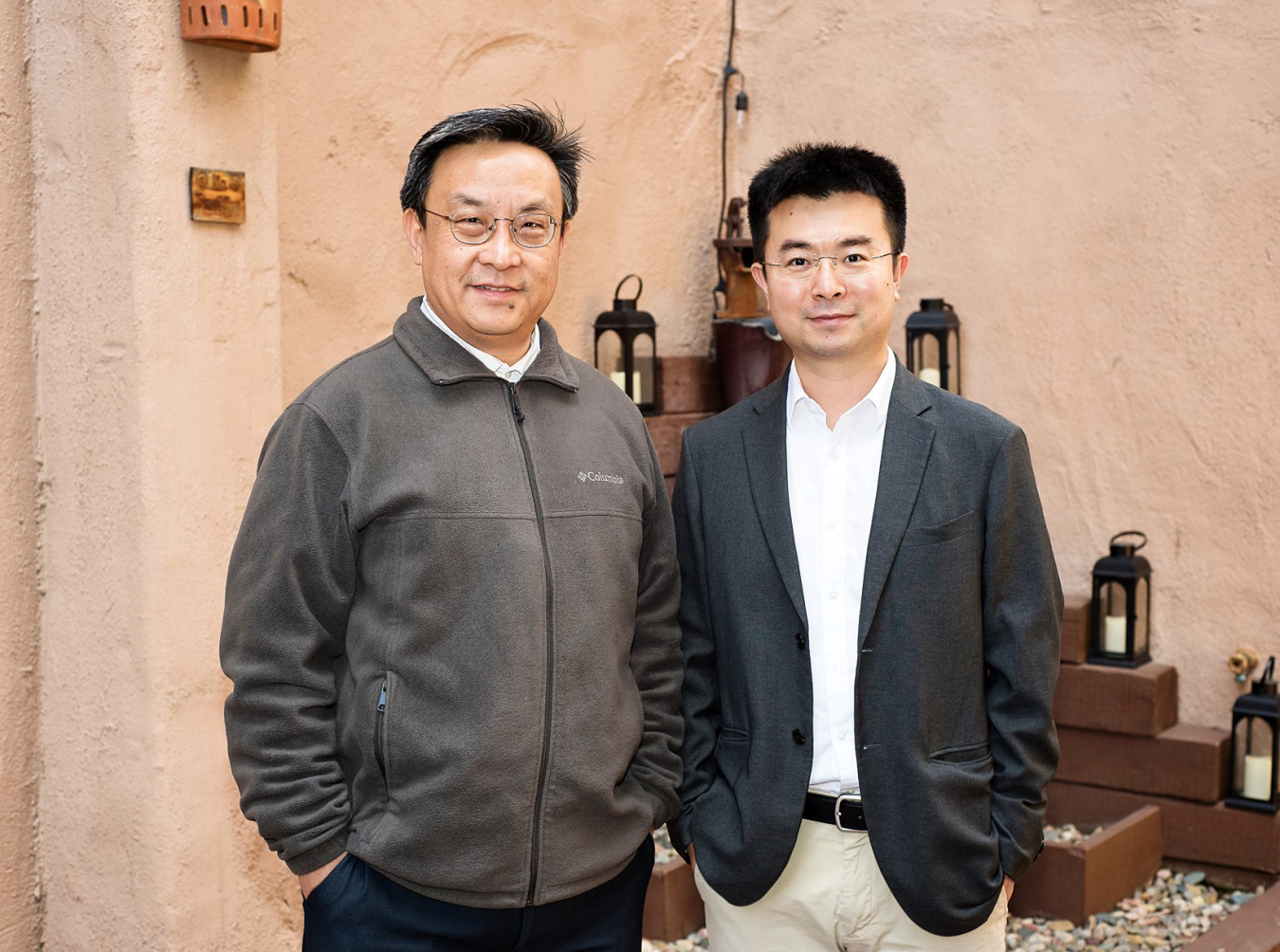 Team 201: DSHP-TES
Team 201: DSHP-TES- Principle Investigator: Xiaobing Liu
- Entrepreneurial Lead: Lingshi Wang
- Industry Mentor: Joseph Warner
ORNL developed a dual-source (air source and ground source) heat pump (DSHP) that is integrated with underground thermal energy storage (UTES). This integrated system can provide space heating, space cooling, and thermal energy storage. With intelligent control, this system can shift most electricity consumption for space heating/cooling from peak hours when electricity is expensive to other times when electricity is cheap while maintaining room temperature at setpoint. By utilizing the high efficiency of DSHP and the time-of-use electricity price, energy costs for heating and cooling can be reduced compared with conventional heat pump systems.

